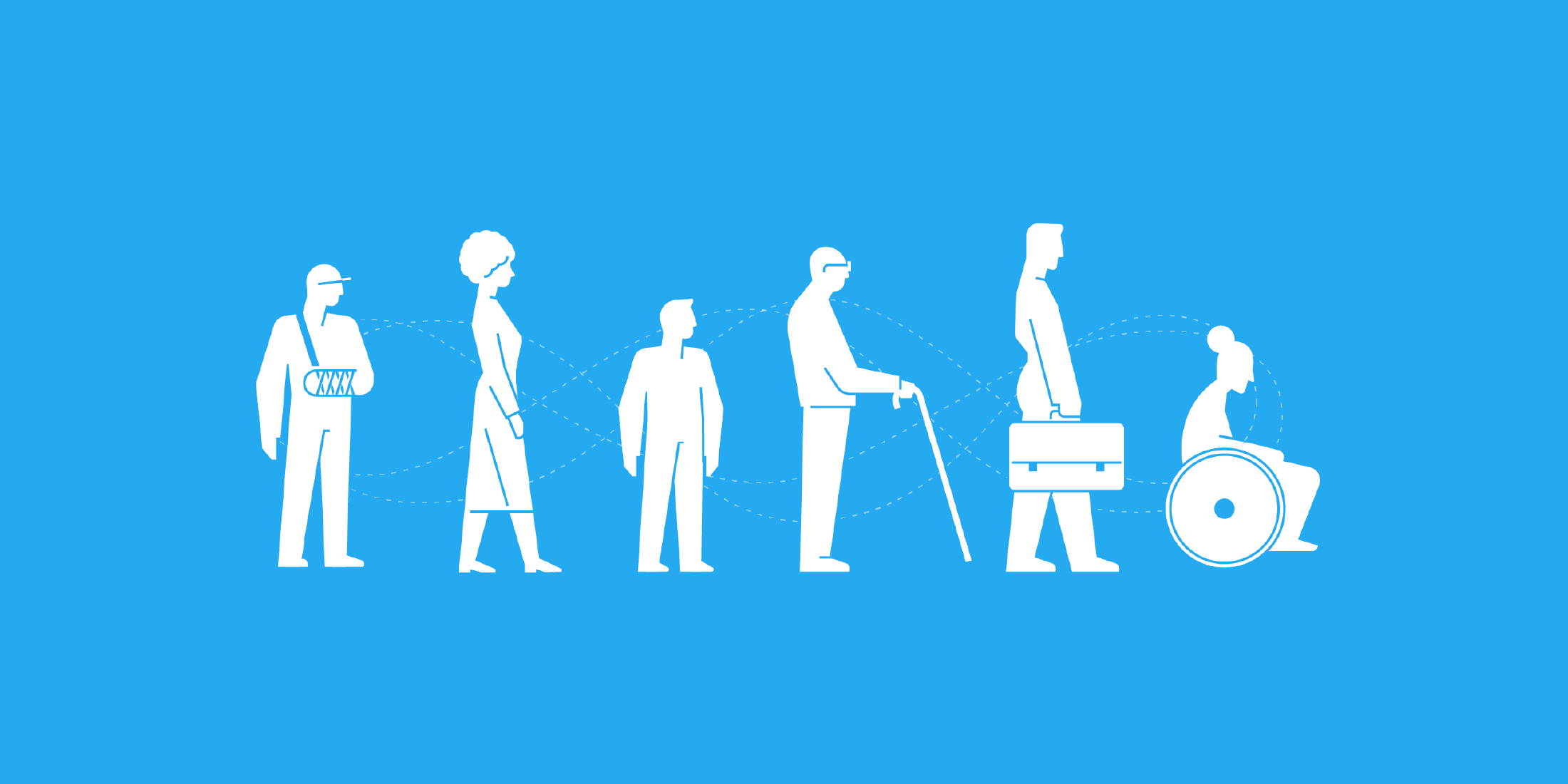In the digital realm, laying the groundwork for exceptional user experiences demands a specific mindset. Two guiding philosophies, inclusive design and accessible design, stand out as critical pillars for reaching the broadest possible audience. In this article, we will find out What is Inclusive Design & the Relationship with Accessibility, we will start with:

Part 1 – The Process
While inclusive approach towards design and accessibility share common principles, they are fundamentally distinct concepts. Inclusive design centers on embracing diverse use cases to ensure users of all backgrounds, abilities, and experiences enjoy equitable experiences. Conversely, accessibility hones in on tangible outcomes, focusing on the usability of content and functionality for individuals with disabilities.
Web Content Accessibility Guidelines (WCAG), the widely accepted standard for digital accessibility. Leveraging the WCAG framework fosters a more robust design philosophy.
In this piece, we delve into the essence of inclusivity in design and its intertwined relationship with digital accessibility. Join us as we explore how WCAG can empower your team to extend its reach to a broader audience.
Understanding Inclusive Design
When crafting any digital asset, the paramount goal should be ensuring usability for the largest segment of the intended audience. Often, our work carries inherent biases, of which we may not be aware. Without deliberate efforts to counter these biases, our digital products risk being unusable or non-compliant for individuals with disabilities.
Statistics paint a vivid picture: between 15 and 25% of the U.S. population grapple with some form of disability. Globally, this number swells to roughly one billion individuals, representing 15% of the world’s populace.
Moreover, people with disabilities wield significant purchasing power, with estimates suggesting a staggering $490 billion in the U.S. market alone. Considering friends and family, this demographic encompasses a staggering 3.3 billion potential consumers. Thus, designing with inclusivity in mind isn’t just ethical; it’s smart business.
Inclusive approach to design confronts biases head-on by deliberately integrating underrepresented and historically marginalized groups into the design process. Rooted in the concept of universal design, which tackles barriers in the physical environment, inclusive first design fosters a more equitable digital landscape.
Crucially, as individuals age, their capabilities may evolve, with shifts in vision, dexterity, and memory becoming more pronounced. By embracing inclusive design principles, you can positively impact a significant portion of your audience, spanning various age groups and abilities.
The Relationship Between Accessibility and Inclusive Design
Inclusivity first design, as we’ve defined it, centers on accommodating the needs of any underserved or marginalized user group interacting with a digital product. Conversely, digital accessibility endeavors to dismantle barriers for individuals with disabilities, fostering a more inclusive online experience.
Achieving digital accessibility necessitates adherence to accessibility guidelines. However, compliance alone doesn’t ensure a truly inclusive experience for disabled individuals.
The crux of the matter lies in involving people with disabilities throughout the design, development, and content creation phases. Remember, a compliant product doesn’t necessarily equate to usability. To bridge this gap, product requirements must mirror the unique needs of disabled individuals, fostering a truly inclusive and accessible digital ecosystem.
Moreover, it’s essential to recognize that individuals with disabilities often belong to other marginalized groups, a concept known as intersectionality. By extending inclusive design efforts to encompass these groups, we can cultivate a more welcoming environment for all users.
Navigating the Inclusive Design Process
As elucidated in this discourse, the inclusive design process unfolds through two parallel tracks:
Firstly, applying best practices in inclusive design entails adhering to standards and guidelines like WCAG across all facets of digital resource creation. Secondly, engaging individuals from underrepresented groups, including those with disabilities, from the outset and throughout the design and development journey is paramount.
By integrating these principles into your design processes, you can usher in a more inclusive, accessible, and user-centric digital landscape.
Stay tuned for Part Two, where we’ll share actionable insights and best practices for infusing inclusivity in design principles into your workflows.
Read also : The Dark Side of Sustainable Web Design
This article was originally featured on the TPGi website.




